One of the structures built in the 16th century and continues to amaze the tourist of its tough and sturdy built is the Guiob Church Ruins made from coral stones. It is specifically located in Barangay Bonbon, Catarman, Camiguin and is one of the highly respected ancient structure in the Philippines. It was damaged due to the volcanic eruption on May 13, 1871.
Guiob Church Ruins is maintained by the Local Government Unit of Camiguin. Locals continue to beautify the surroundings to preserve its image and make it more attractive to tourists. Trees and fences surrounding the historical spot have been built to make it more secured. Presently, a small chapel stands inside the Guiob Church Ruins which serves as the prayer area for locals who are living nearby. Masses are held on specific times.
On the back area of Guiob Church Ruins one can see the old bell tower, old convent and old tree which are already there during the time the church was not yet damaged by the eruption of Mount Vulcan. There is also a beautiful leisure area with wonderful bermuda grass and trees which provides shades to those who stay there.
The Guiob Church Ruins is about 30 minutes from the town center of Mambajao, the main town of Camiguin. It is 20-25 minutes from the Caves Dive Resort and Paras Beach Resort. It is about 15 minutes from Camigun Walkway (a passage going to the peak of Mount Vulcan) and about 7 minutes from the Sunken Cemetery which also suffered from the volcanic eruptions.
Story of the Guiob Church
Cotta Bato, the capital of Camiguin Island during that time was a quiet and attractive town, verdant in its natural wonders. Its peaceful shores provided strolling grounds for its inhabitants as they basked under the gracious moonlight. At around 6:00 in the evening of May 13, 1871, tranquility came to a halt as a subterranean rumbling sowed indescribable terror. Hundreds of houses and the churches crumbled into pieces, the ground rolled and broke into deep crevices with horrifying earthquake served only as prelude to the destructive climax. A cataclysm never witnessed before Mount Vulcan gave out its fiercest and most violent outbreak.
In 6:20 pm on that same day the Cotta Bato was but a dreadful pile of ruins. The single volcanic eruption buried a beautiful town into obscurity. Hundreds of lives were lost while the survivors sought refuge in the open country that gave them hope for tomorrow.
This page is last updated on
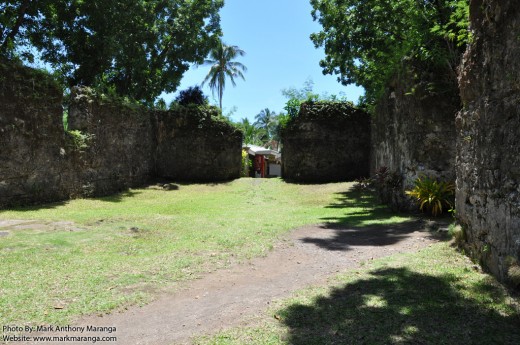
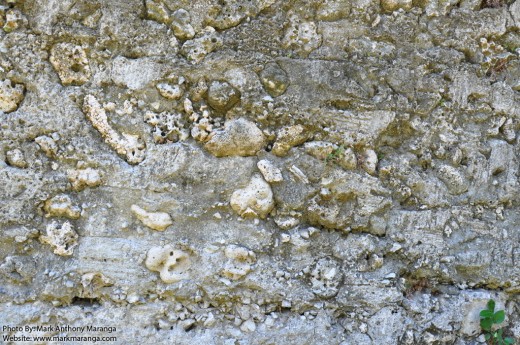
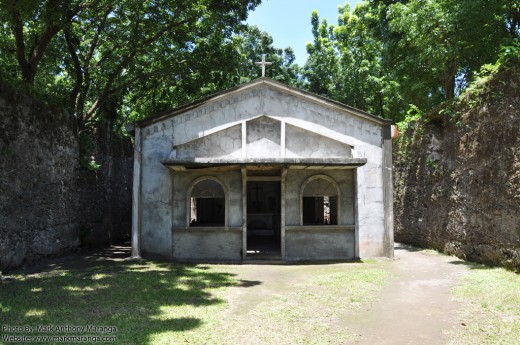
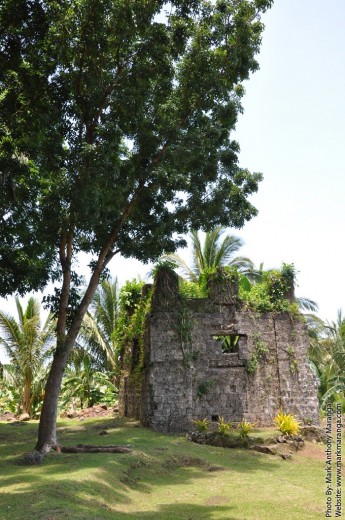
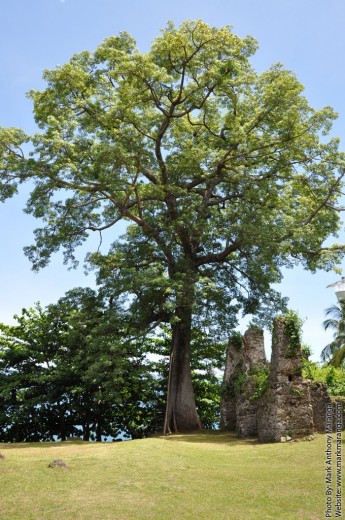
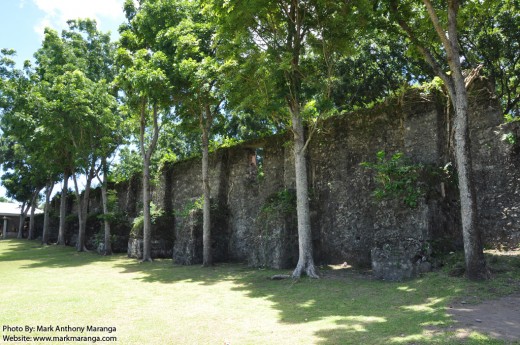
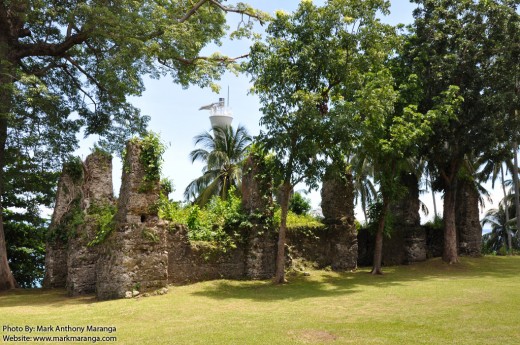
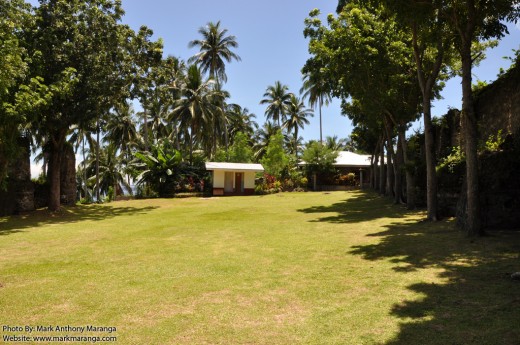
 Mark Anthony Maranga is an Educator-Parent to his 3 Homeschooling Kids. He sells
Mark Anthony Maranga is an Educator-Parent to his 3 Homeschooling Kids. He sells 











ano po ang problema ng Guiob Church Ruins?
wow. the graphics leads me to curiosity and encourage me to visit the place.. i was really captivated by the century old tree. amazing.